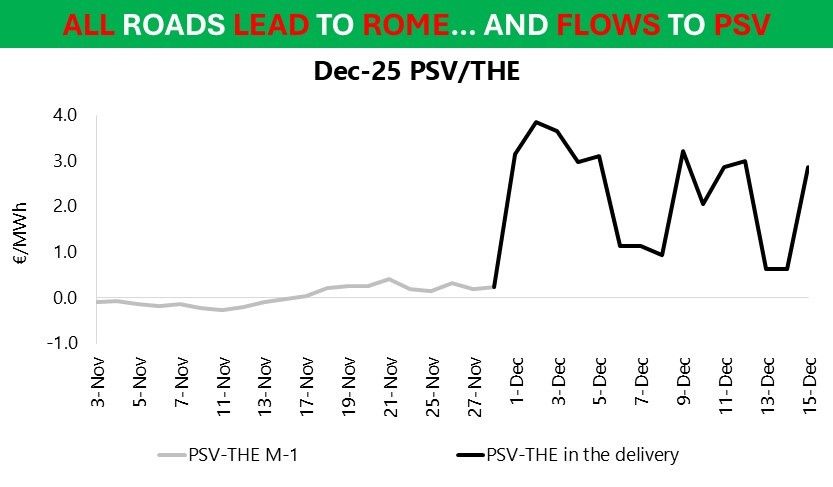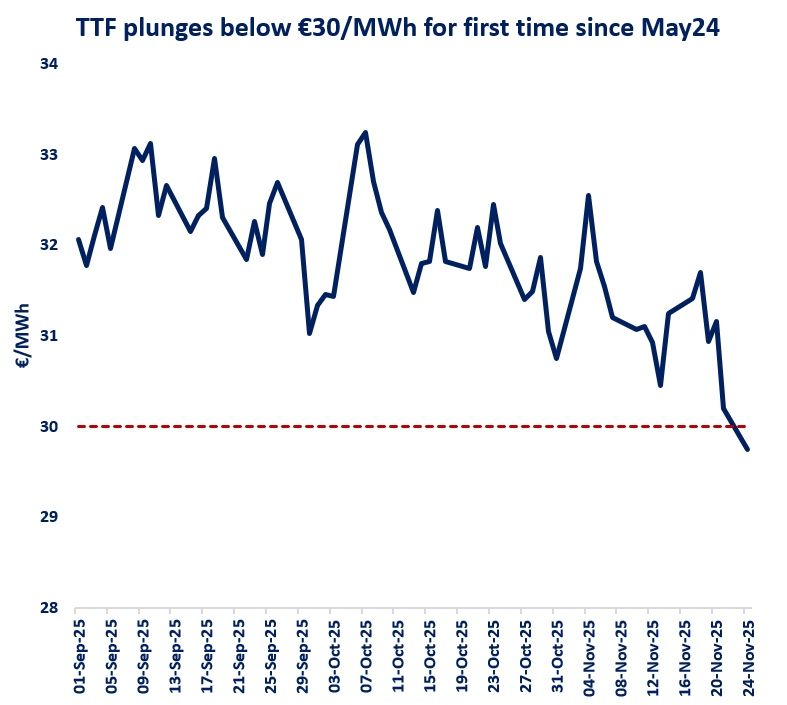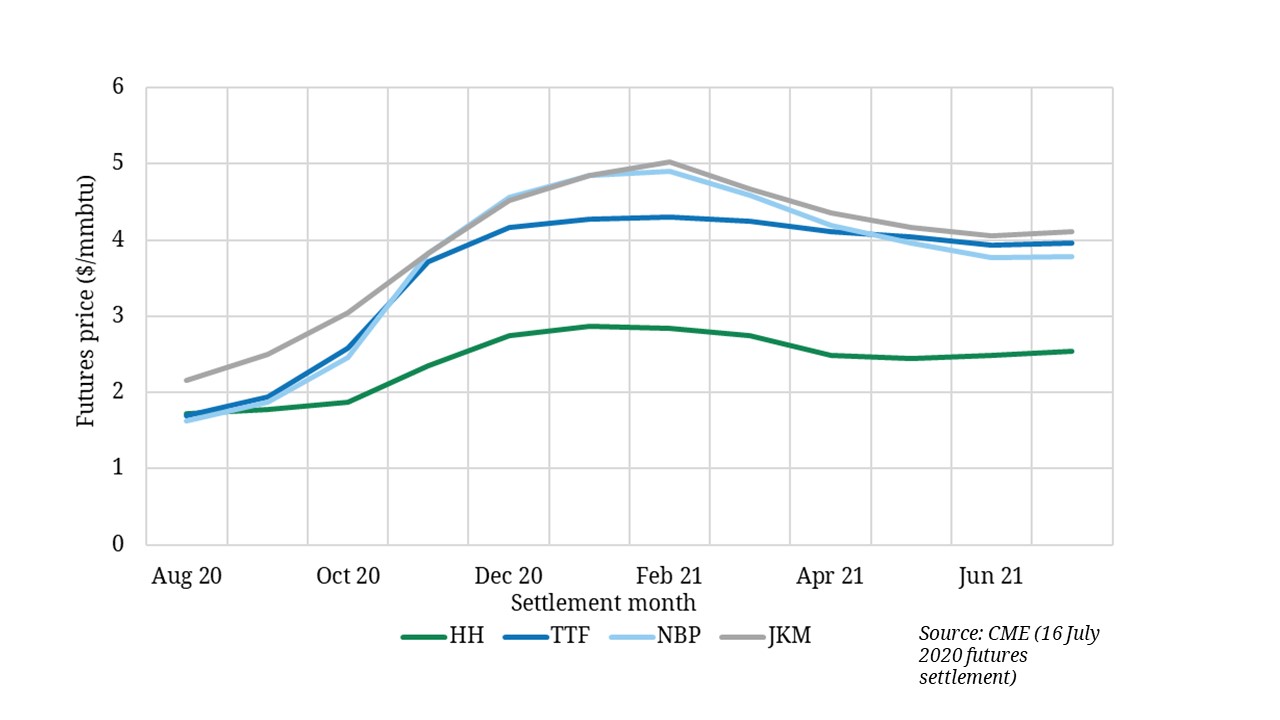

You will live through the new year the same way you see it in. This proverb best describes what is happening with contracts across European gas hubs in early 2022. Price volatility, that prevailed on the region’s market for most of 2021 and intensified especially in December, has remained high, to say the least, at the very beginning of this year.
The TTF front-month benchmark product started a new year at €80/MWh but rose by more than €15/MWh between 3 and 6 January. Amid colder weather on the continent and no westward flows through the Mallnow point, contracts rebounded on Thursday to levels not seen since 29 December.
It had seemed that winter-delivery contracts might close the first trading week of 2022 in the range of €95-100/MWh but 2021 taught us that a price trend can change dramatically at any time. So, on Friday, the TTF front-month futures on the ICE Endex exchange saw a loss of about 9pc compared to the previous day. The rally in gas prices was halted by the announcement on the 2022/2023 gas year Groningen field production level made by the Dutch government, together with above-normal temperatures expected early the following week and near-record LNG imports to Europe going into the period from 10 to 16 January.
These price fluctuations show how tense the current market conditions are. In today’s context, European gas prices find it extremely difficult, almost impossible, to consolidate. In fact, the uncertainty about this winter’s supply/demand balance, which waxes and wanes with changing fundamentals, resulted in almost total disappearance of the reference to ‘reasonable price’ concept.
The notion of ‘high volatility’ has also been redefined over the past year. Until recently a €1-2/MWh rise or fall in gas prices was considered substantial, but now a one-day spike of even €10/MWh is no surprise for anybody at all.
Source: Yakov Grabar (LinkedIn)













